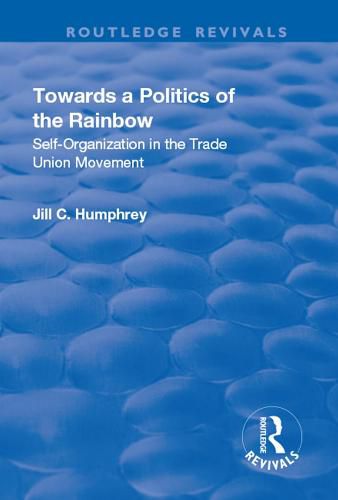Readings Newsletter
Become a Readings Member to make your shopping experience even easier.
Sign in or sign up for free!
You’re not far away from qualifying for FREE standard shipping within Australia
You’ve qualified for FREE standard shipping within Australia
The cart is loading…






This title was first published in 2002: The trade union movement in twentieth-century Britain has been a cornerstone for society’s marginalized members - women, disabled people, lesbians and gay men and people from black and ethnic minority communities. As these groups of workers self-organized to reform their unions, they built a bridge between the old social movement based around class position and labour identity and the new social movements based around civil rights and status stratifications. This book presents a detailed look at self-organization within public sector unions through the emergence of four self-organized groups within NALGO and later, UNISON. Drawing upon unique insider knowledge of the alliances and antipathies between the self-organized groups and the host union, the book also provides fascinating revelations of the tensions between self-organized groups themselves. This study will be essential reading for students of political sociology and industrial relations.
$9.00 standard shipping within Australia
FREE standard shipping within Australia for orders over $100.00
Express & International shipping calculated at checkout
This title was first published in 2002: The trade union movement in twentieth-century Britain has been a cornerstone for society’s marginalized members - women, disabled people, lesbians and gay men and people from black and ethnic minority communities. As these groups of workers self-organized to reform their unions, they built a bridge between the old social movement based around class position and labour identity and the new social movements based around civil rights and status stratifications. This book presents a detailed look at self-organization within public sector unions through the emergence of four self-organized groups within NALGO and later, UNISON. Drawing upon unique insider knowledge of the alliances and antipathies between the self-organized groups and the host union, the book also provides fascinating revelations of the tensions between self-organized groups themselves. This study will be essential reading for students of political sociology and industrial relations.